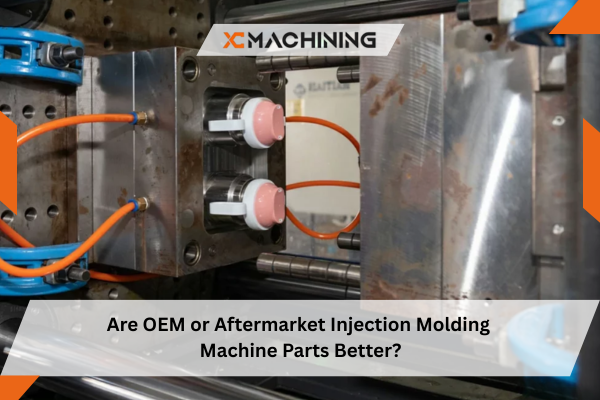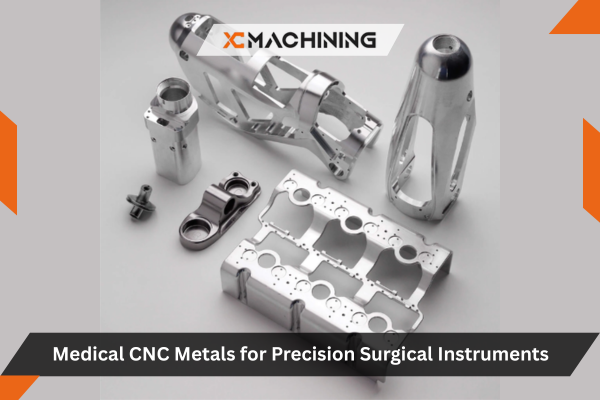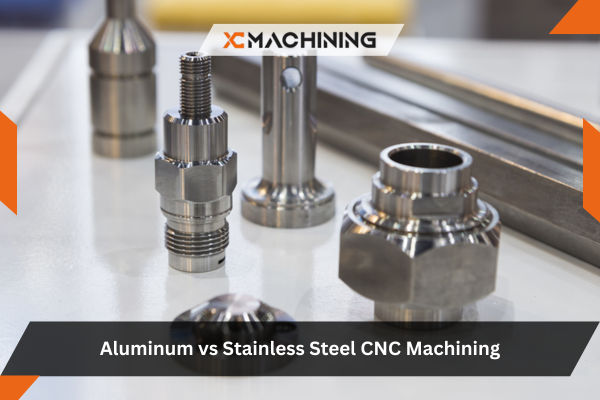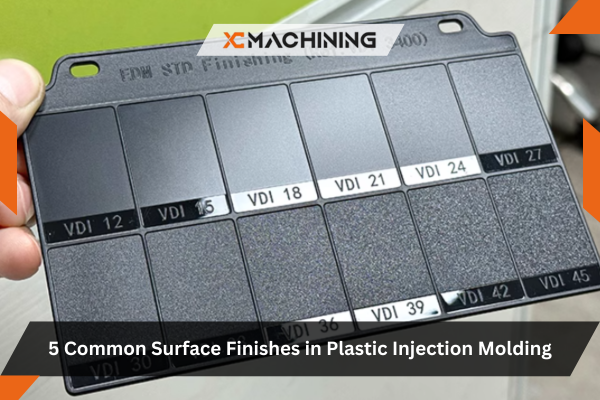Eventually, everyone using plastic production tools questions: “Should I buy OEM or aftermarket injection molding machine parts?” Especially when you see your reliable machine displaying wear and tear, this is a rather normal concern. Perhaps your concerns are related to cost or dependability, which are all part of determining the best course of action. Both OEM and aftermarket injection molding machine parts have strengths if you need a fast response. While aftermarket components might bring cost savings and perhaps unique upgrades, OEM parts ensure exact compatibility and brand-backed dependability. Your budget, timelines, and particular machine needs will usually determine the correct course of action.
In this article, we’ll compare OEM versus aftermarket options, discuss the pros and cons of each, and help you decide which type of injection molding machine parts makes sense for your situation.
Know About OEM And Aftermarket Injection Molding Machine Parts
OEM stands for Original Equipment Manufacturer. That means the parts are made by the same company that built your injection molding machine parts in the first place. These components are designed to match your machine’s original specifications perfectly.
Aftermarket parts, on the other hand, come from third-party manufacturers who study and replicate (or sometimes improve upon) the original designs. They aim to fit and function just as well as OEM parts—sometimes even better, or at least at a more attractive price point.
OEM Defined
OEM stands for Original Equipment Manufacturer. These parts come directly from the company that made your injection molding machine. They’re guaranteed to meet the original specs, so you typically get a perfect fit, reliable performance, and the peace of mind offered by brand backing.
Aftermarket Defined
Aftermarket parts are made by third-party manufacturers. They’re designed to fit various metal Injection Molding and replicate the function of OEM parts. Sometimes, they also introduce improved materials or designs. The main draw? Generally lower costs and broader availability for various brands.
Why The Comparison Matters
Choosing the right type of part impacts your machine’s productivity, long-term health, and budget. OEM parts often ensure perfect compatibility but may cost more. Aftermarket parts could reduce expenses and wait times, but verifying quality is essential for consistent, hassle-free operation.
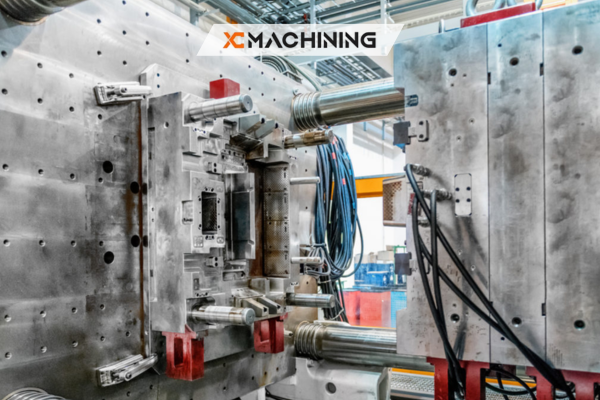
Advantages Of OEM Injection Molding Machine Parts
OEM injection molding machine parts (#2 usage) are often described as the “gold standard.” But why?
Perfect Compatibility
You don’t have to worry about guesswork. OEM parts should slot in seamlessly, reducing the risk of alignment problems or performance hiccups.
Brand Reliability
The manufacturer’s reputation is tied to those parts. They tend to follow strict guidelines to ensure everything works as intended.
Comprehensive Warranty
Many OEM parts come with warranties that reflect the original manufacturer’s confidence in their product. This can protect you from defects and early breakdowns.
Better Support
If you need help installing or troubleshooting, the OEM’s service department is usually well-equipped to guide you.
That said, these benefits can come at a price—literally. OEM components often carry higher costs, which might make them less appealing if you’re running a tight budget.
Advantages Of Aftermarket Injection Molding Machine Parts
Aftermarket injection molding machine parts (#3 usage) have surged in popularity for a reason. Here are some key perks:
- Cost Savings
Third-party manufacturers can cut down on production costs, resulting in more affordable parts that still meet acceptable quality standards. - Wider Variety
It’s not unusual to find multiple aftermarket brands for the same part. This selection lets you compare features and prices. - Possible Improvements
Some aftermarket providers refine the original design. You might discover parts made of more durable materials or with user-friendly modifications. - Faster Availability
When OEM components are on backorder, aftermarket parts can step in and get your machine up and running sooner.
Of course, you must ensure the supplier is reputable. Always double-check reviews and return policies before investing in something as critical as aftermarket injection molding machine parts (#4 usage).
Key Factors To Consider Before Choosing
When trying to decide between OEM and aftermarket injection molding machine parts (#5 usage), keep the following in mind:
- Machine Age
If your machine model is older, OEM parts might be scarce or very expensive. Aftermarket components can be a more accessible, cost-effective option in that case. - Budget Constraints
If finances are tight, aftermarket can offer substantial savings. But if you can afford it, OEM can spare you the trial-and-error of less-proven brands. - Urgency
Sometimes, downtime costs more than the part itself. If the OEM part has a long lead time but an aftermarket version is immediately available, that might clinch your decision. - Technical Requirements
Certain machines may have very tight tolerances. If the part needs to meet precise standards and is critical to the machine’s operation, OEM might be safer. - Potential Upgrades
Aftermarket parts can introduce new materials or designs that outperform the original. Consider your operational needs—maybe an improved feature sets you up for better productivity long-term.
Comparing Costs, Quality, And Availability
It’s often helpful to see a clear comparison of OEM vs. aftermarket injection molding machine parts (#6 usage) in a simple table. This table offers a quick glance at how they typically stack up.
| Category | OEM Parts | Aftermarket Parts |
|---|---|---|
| Cost | Higher upfront costs. | Generally lower, but varies by brand. |
| Quality | Guaranteed fit, often rigorous QC. | Quality can range from excellent to mediocre. |
| Warranty | Usually covered by the machine manufacturer. | Some come with warranties but can vary widely. |
| Availability | Might have longer lead times or backorders. | Often in stock, multiple options for the same machine. |
| Customization | Limited beyond standard OEM features. | Some brands offer enhanced materials or designs. |
Info Box
Even with the best table, always remember real-world experiences can differ. Check product reviews, ask for peer recommendations, or consult industry forums (like Plastics Today or Plastics News) to get a better sense of actual performance and reliability.
Making The Right Choice For Your Business
Choosing between OEM or aftermarket injection molding machine parts (#7 usage) isn’t always black and white. Each route has pros and cons:
- Testing The Waters
You might buy an aftermarket part for a non-critical component to gauge performance. If it meets or exceeds expectations, you can explore further. - Listening To Others
Talk to colleagues or friends in the industry who have tried different parts. Their experiences can save you time and headaches. - Consider The Long-Term Cost
A cheaper part that fails quickly can end up costing you more overall. Evaluate the total cost of ownership, not just the sticker price. - Combine Both Approaches
Some businesses use OEM for critical machine components and aftermarket for accessories or less intricate parts.
Suggestion Box: If you’re unsure, consult a qualified engineer or the plastic manufacturing. They can provide data on compatibility and might even guide you to authorized third-party suppliers who maintain high-quality standards.

Conclusion
In the quest to find the best injection molding machine parts (#8 usage), you have two main contenders: OEM and aftermarket. OEM parts ensure accurate specs and brand reliability, but they can carry a higher price and aren’t always immediately in stock. Aftermarket parts are often more budget-friendly and readily available, though you’ll need to check quality and compatibility carefully.
Ultimately, your choice comes down to the machine’s age, how quickly you need the part, and how much you can invest upfront. If downtime is expensive and you need guaranteed performance, OEM might be your go-to. If budgets are tight or you’re looking for custom enhancements, aftermarket might be the better bet.
Either way, compare and test whenever you can; do your homework. This will ensure that your injection molding equipment remains in perfect functioning order and generates excellent goods for years to come.
FAQs
Do aftermarket injection molding machine components have the same lifetime as the original equipment?
That relates to the brand and the particular component. Excellent aftermarket components can either meet or even surpass original equipment parts. Poorly made aftermarket parts could cause performance problems or wear out more quickly.
Exist guarantees on aftermarket components?
Though the terms vary greatly, many aftermarket vendors provide warranties. While some have restricted warranties, others either meet or even surpass OEM coverage. Check the warranty always before you buy.
How can I find out whether a part will fit my machine?
See the specs for the part and match them to the handbook for your machine. If you’re unsure, it’s also smart to contact the manufacturer of your machine or the supplier.
Which option gives me better customer support?
OEM parts often come with built-in customer support from the machine’s manufacturer. Aftermarket suppliers may offer customer service too, but it can vary in quality. Always research the supplier’s reputation for support before buying.
Is it ever risky to mix OEM and aftermarket parts?
Mixing parts generally isn’t a problem as long as each component meets the machine’s technical requirements. However, if your machine is still under warranty, check your terms—using non-OEM parts might affect coverage in some cases.

